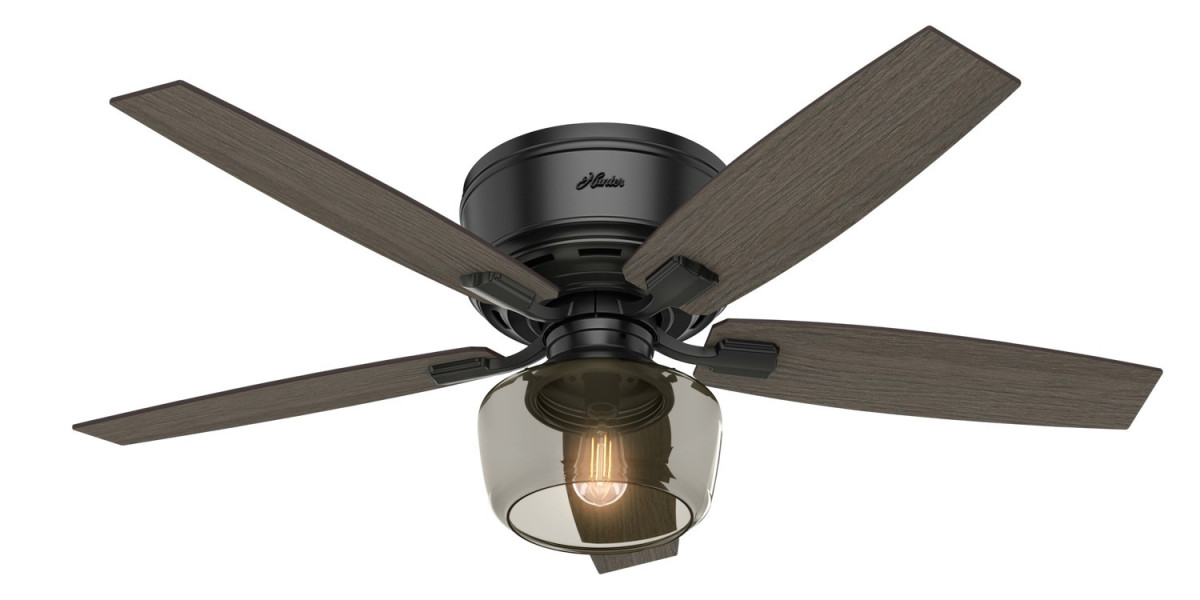The Science Behind Ceiling Fans and Sleep
Human sleep cycles are highly sensitive to environmental factors such as temperature, airflow, and lighting. The ideal room temperature for sleeping is typically between 60°F and 67°F (15°C–19°C). The ceiling fans help maintain this range by moving air gently across your skin, creating a cooling effect that helps your body lower its core temperature—a key step before entering deep sleep.
Interestingly, ceiling fan with light models that feature dimmable LEDs can support circadian rhythms by allowing you to control brightness levels before bed. Soft, warm-toned lighting in the evening signals your body to produce melatonin, the sleep hormone, while cooler and brighter settings can help wake you in the morning.
Temperature Regulation for Comfort
One of the most significant ways ceiling fans improve sleep quality is by keeping your body at a comfortable temperature. In hot climates, they work by increasing air circulation, which enhances the natural evaporation of sweat from your skin, making you feel cooler without lowering the thermostat. In cooler months, many ceiling fans have a reverse rotation mode, pushing warm air down to keep you comfortable during chilly nights.
A ceiling fan with light can be particularly beneficial in a bedroom because it combines temperature control with adjustable lighting in one fixture. This means you can fine-tune your sleeping environment without needing multiple devices.
Noise Level: White Noise for Better Sleep
While some people need absolute silence to fall asleep, others find gentle background noise soothing. The soft hum of a ceiling fan can function like white noise, masking disruptive sounds such as street traffic, barking dogs, or a partner’s snoring. This consistent, low-level sound can make it easier to drift off and stay asleep.
Modern ceiling fan with light designs often include quiet motor technology, ensuring that the fan operates without distracting clicks or vibrations—making them perfect for light sleepers.
Air Quality and Breathing Comfort
Fresh air circulation is another factor that makes ceiling fans ideal for better sleep. Poor ventilation can lead to stuffiness, which may trigger allergies or cause breathing discomfort. By keeping air moving, ceiling fans help prevent stagnant air pockets, reduce humidity, and minimize dust accumulation.
For allergy sufferers, pairing a ceiling fan with light and an air purifier can create a healthier sleeping environment by distributing filtered air evenly throughout the room.
Psychological Comfort and Sleep Association
Beyond the physical benefits, there’s also a psychological connection between ceiling fans and sleep quality. Many people associate the gentle breeze and steady hum of a ceiling fan with feelings of relaxation and safety. This mental association can act as a cue for your body to prepare for rest.
With a ceiling fan with light, you can add another layer to this association by using dimmable settings to create a cozy, pre-sleep atmosphere. Over time, your brain links the sight and sound of the fan with bedtime, making it easier to fall asleep naturally.
Lighting and Circadian Rhythm Support
Light plays a major role in regulating your body’s circadian rhythm, the internal clock that determines when you feel awake and when you feel sleepy. Exposure to bright, cool light in the evening can delay melatonin production, making it harder to sleep. A ceiling fan with light that offers adjustable colour temperatures allows you to switch to warmer tones at night, signalling your body that it’s time to wind down.
In the morning, the same fixture can provide bright, energizing light to help you wake up—making it a versatile addition to your bedroom.
Energy Efficiency and Year-Round Use
Using ceiling fans for temperature regulation is more energy-efficient than relying solely on air conditioning or heating systems. This not only lowers your utility bills but also ensures that your sleep environment remains stable throughout the night. Fluctuating temperatures can cause you to wake up frequently, reducing overall sleep quality.
By choosing a ceiling fan with light, you reduce the need for separate lighting fixtures, further lowering energy use while maintaining a functional and stylish space.
Choosing the Right Ceiling Fan for Better Sleep
Not all ceiling fans are created equal when it comes to sleep benefits. Here are some factors to consider:
Quiet Motor Technology – Essential for uninterrupted rest.
Dimmable LED Lighting – Allows control over brightness and colour temperature.
Appropriate Size and Blade Span – Ensures optimal airflow for your room.
Reversible Motor – Provides comfort in both summer and winter.
A ceiling fan with light that includes a remote control or smart home integration makes adjusting settings from bed effortless, allowing you to create the perfect sleeping conditions without getting up.
Conclusion: Sleeping Better with Ceiling Fans
Ceiling fans are more than just decorative or functional fixtures—they’re essential tools for improving sleep quality. From regulating temperature and improving air circulation to supporting circadian rhythms with adjustable lighting, both traditional ceiling fans and modern ceiling fans with light models offer numerous benefits that help you rest easier.
By understanding how these fans influence your sleep environment, you can choose a model that supports comfort, health, and energy efficiency. The result? More restful nights and more energized mornings, all thanks to a simple yet powerful addition to your bedroom.






